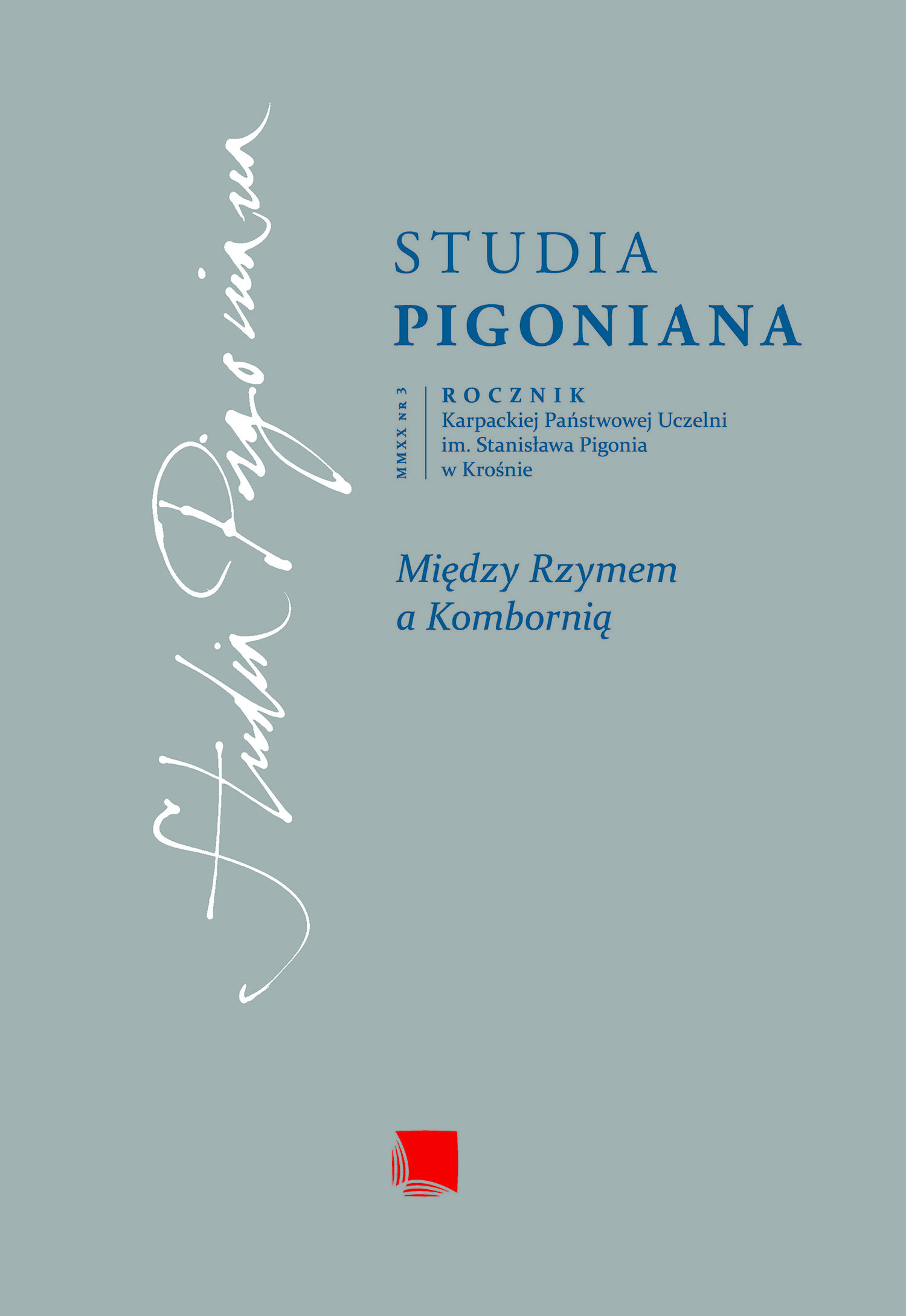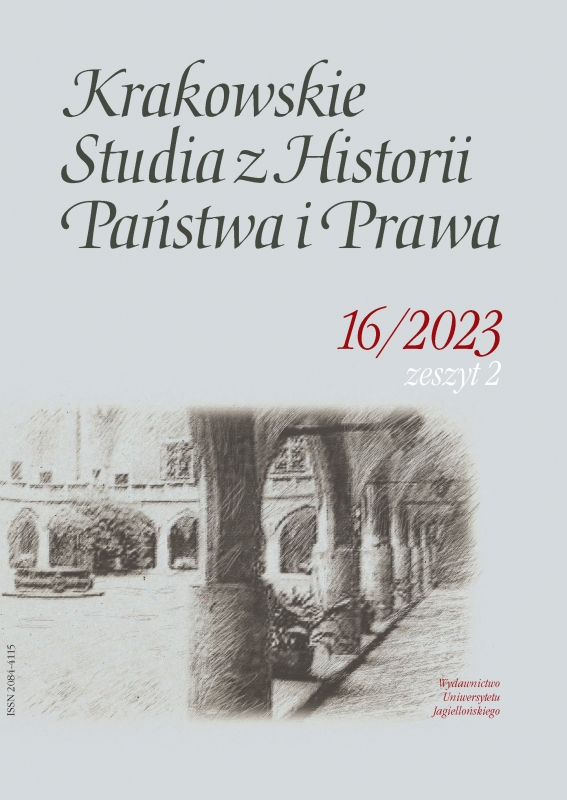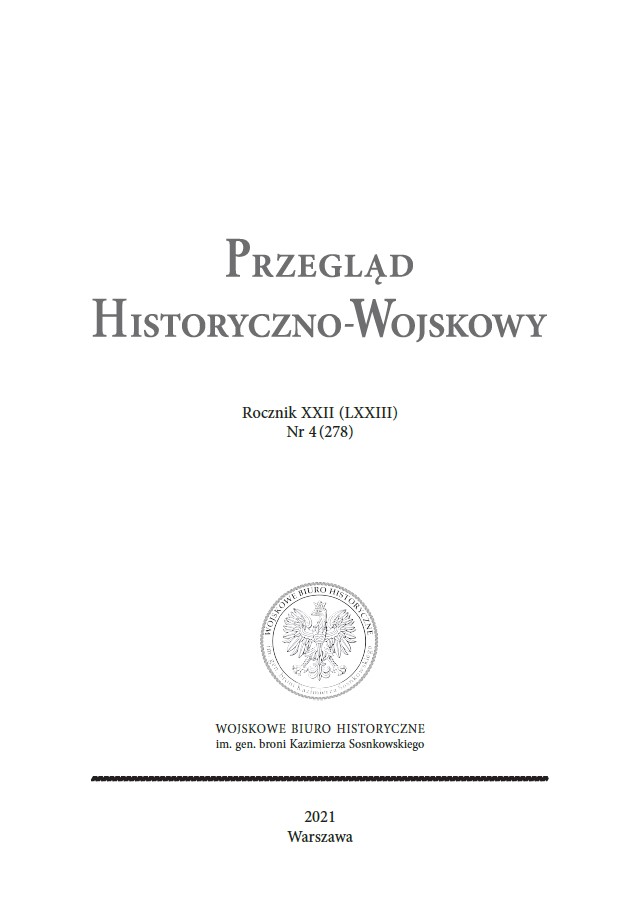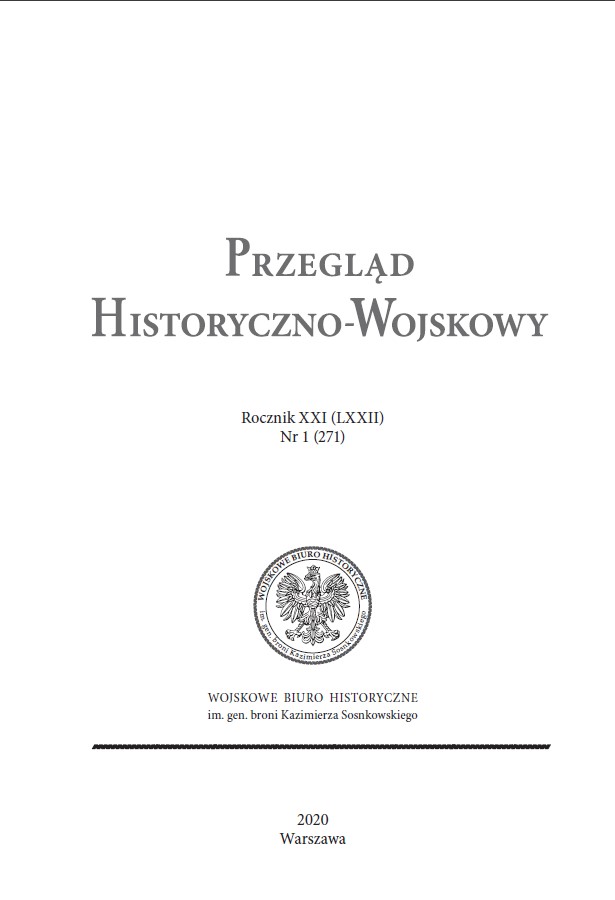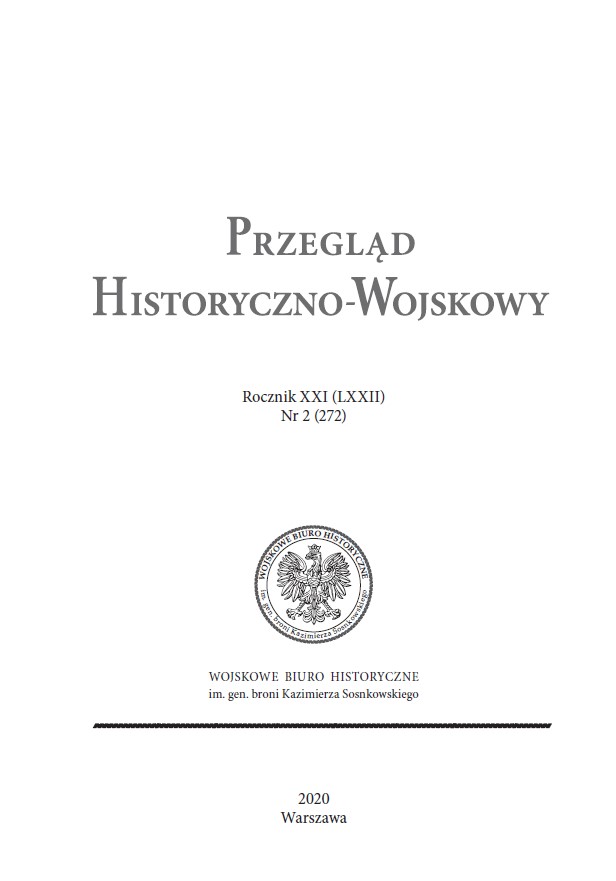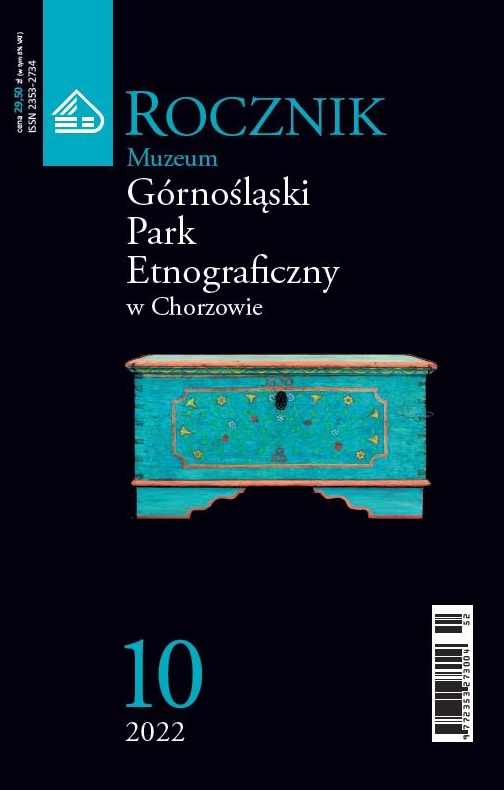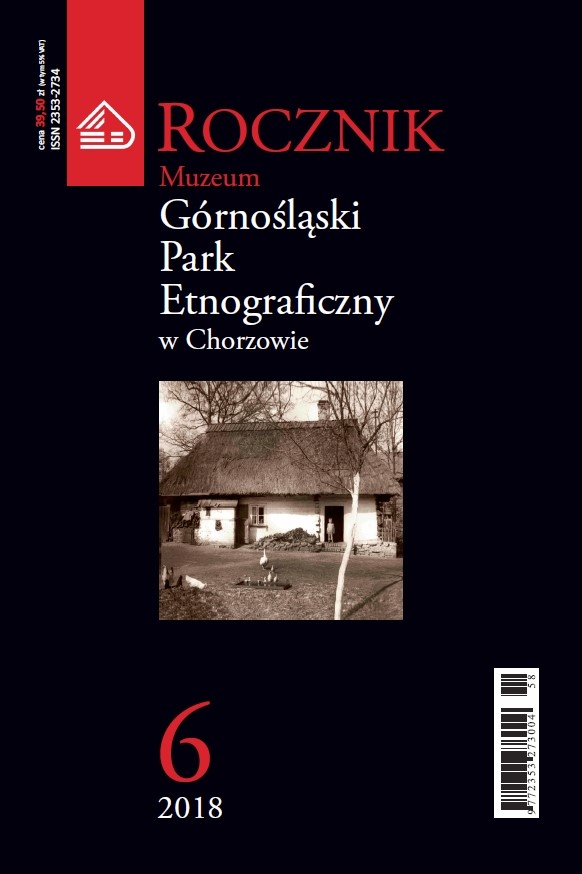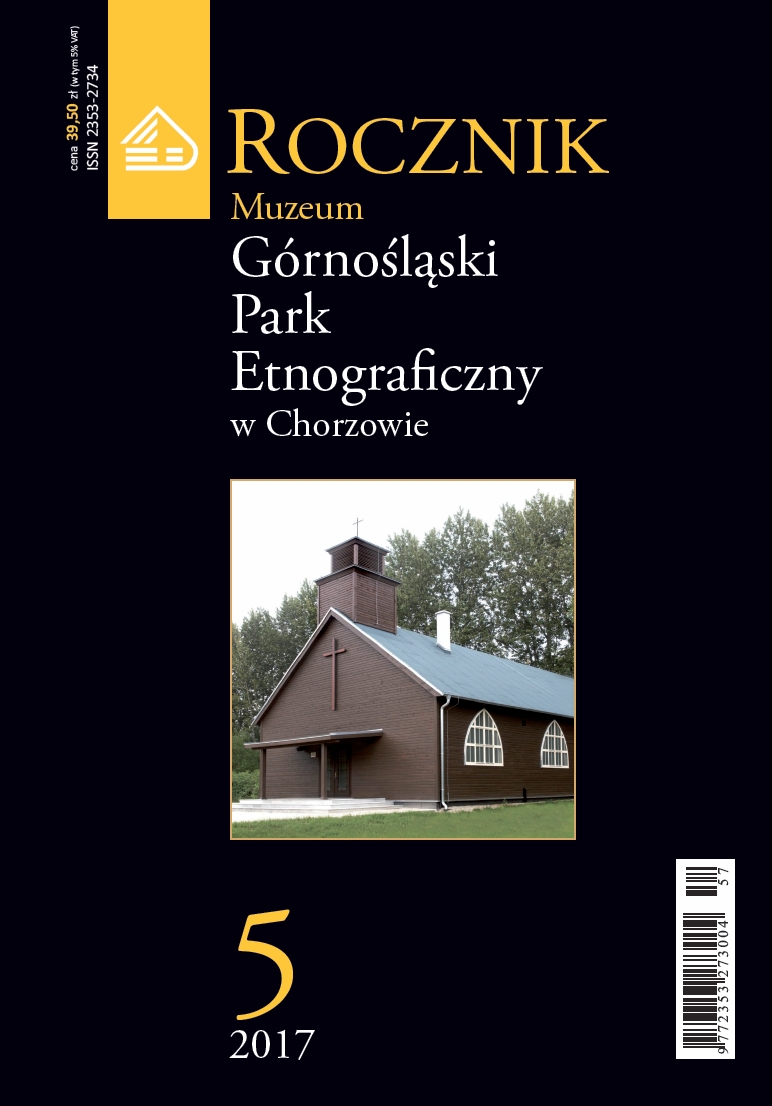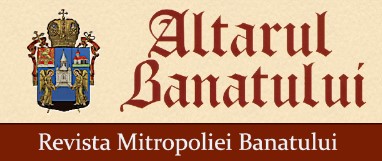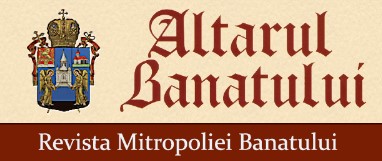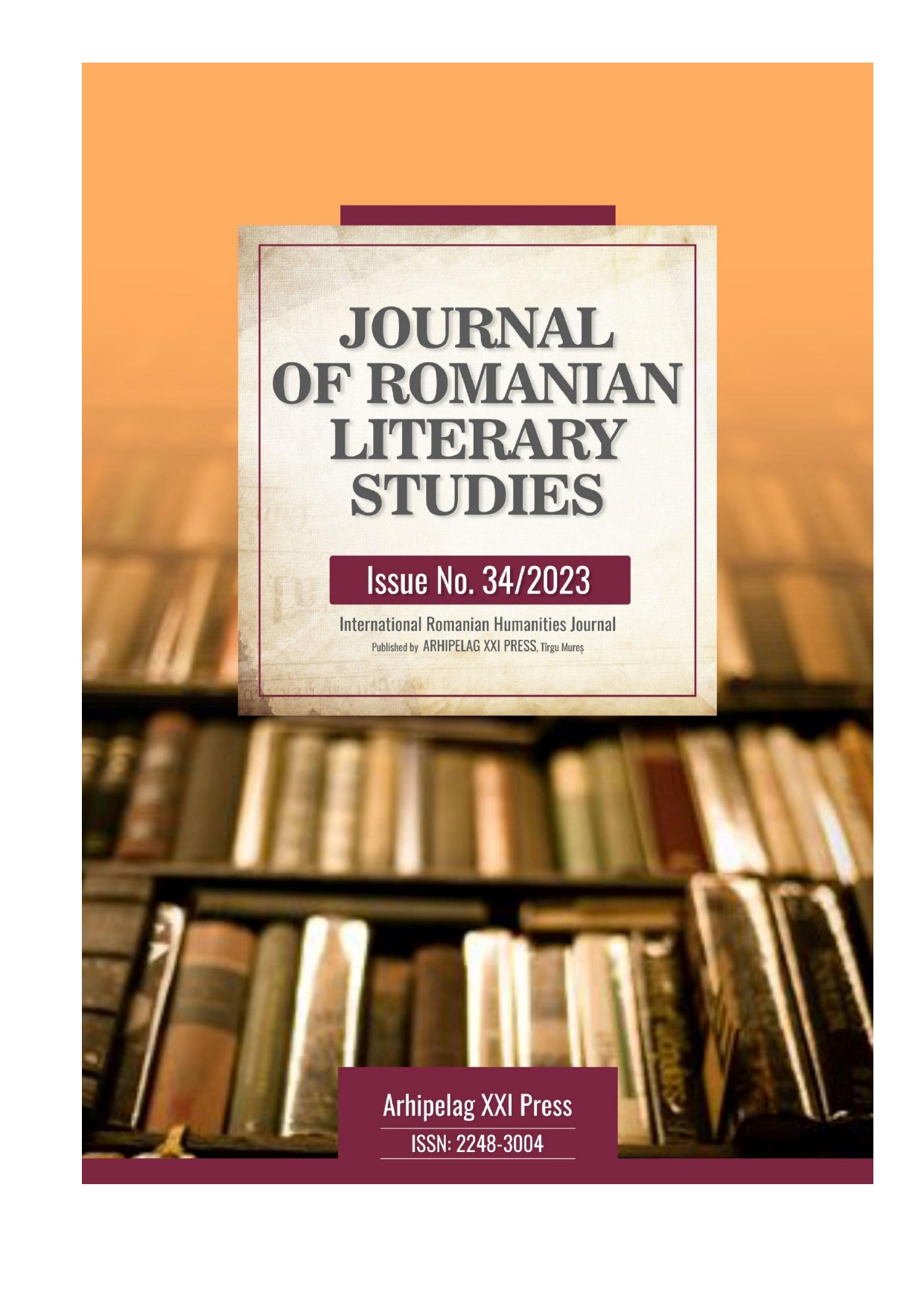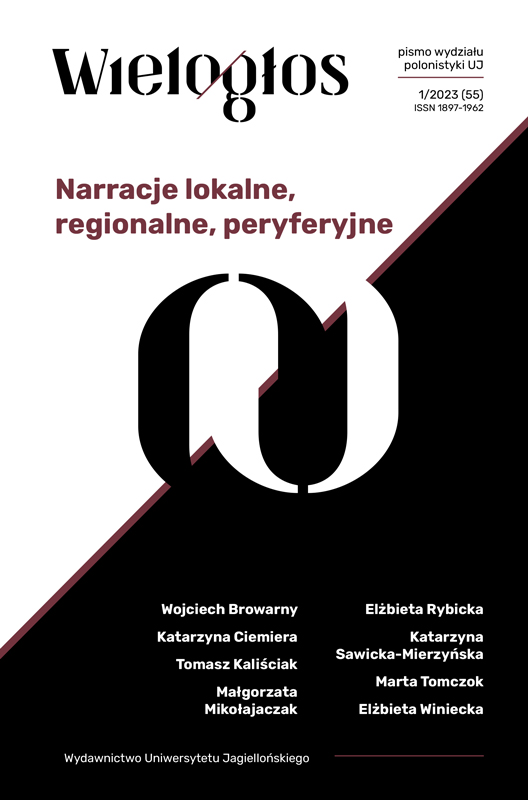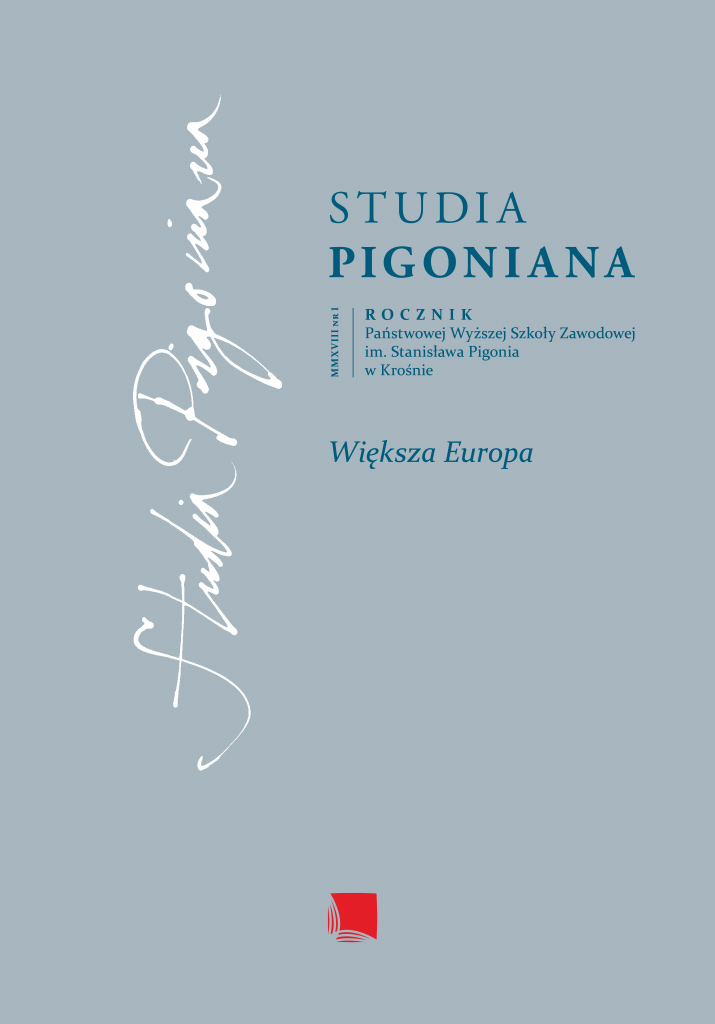
Stanisław Pigoń wobec dyskursu regionalności
The author deals with the issue of rural motifs in the contemporary discourse on localism, (so called ‘little homelands’). Professor Stanisław Pigoń, who was an outstanding scholar and thinker, is an excellent liaison with the rural tradition and axiology, which still play a role in maintaining a sense of identity and rooting as well as the consciousness of local communities. The text places the above mentioned issues against the historical background, relating them to the formation of a new national and social identity as well as the political and cultural revival taking place in the 19th century villages. It presents both the role of great historical events (e.g. emerging of the great legend of Tadeusz Kosciuszko as a peasant leader) and great leaders of the people’s movement (e.g. Wincenty Witos and Maciej Rataj) in the spreading of the civic and patriotic attitudes. Owing to that, the Polish peasant became a Pole. The author also narrates the great changes in the culture and rural consciousness in the interwar period and after WWII. He draws attention to the timeless validity of Stanisław Pigoń’s message that the rural background, local culture, rural dialect and tradition are a great value and important element of the sense of local and national identity.
More...
